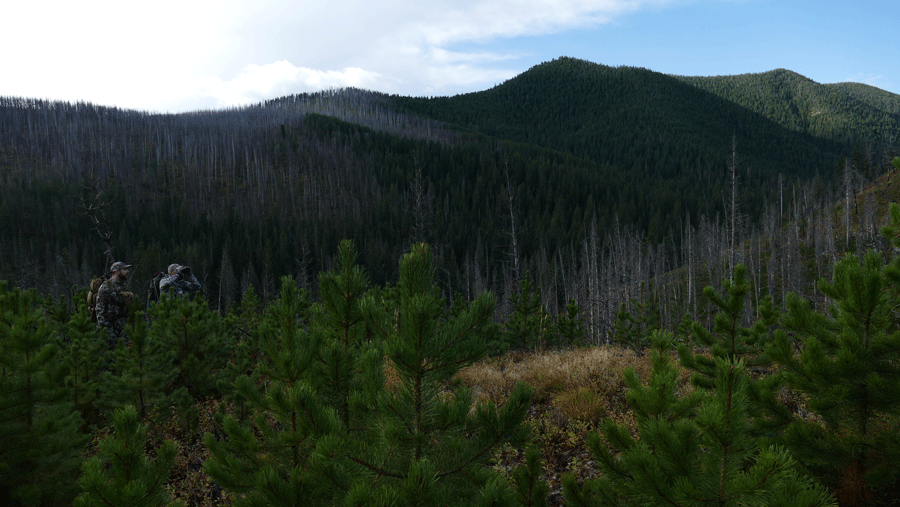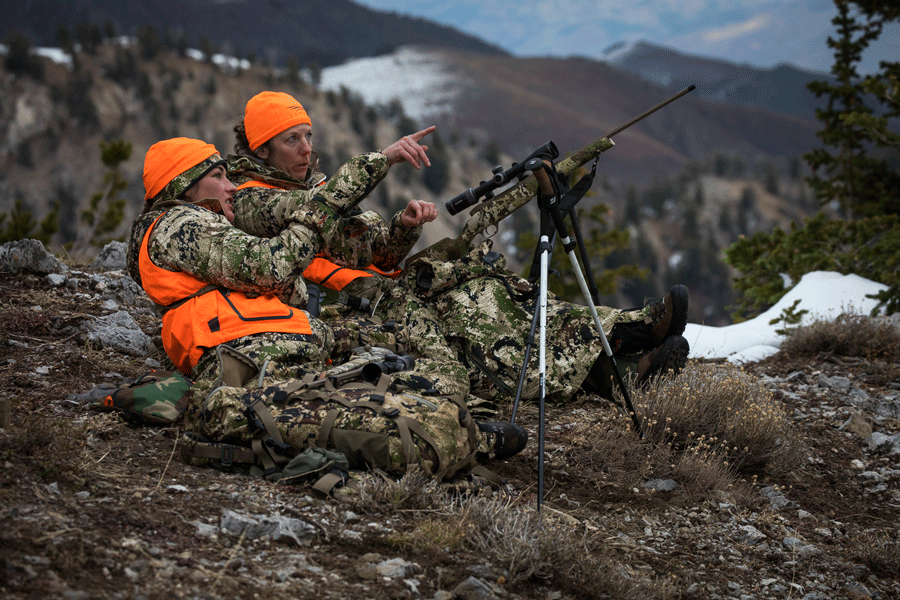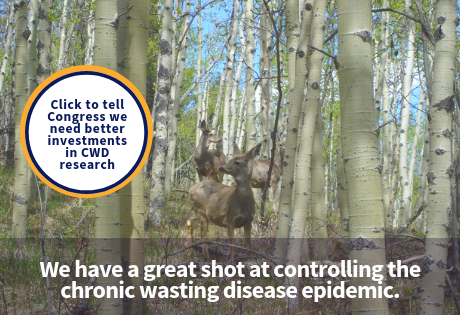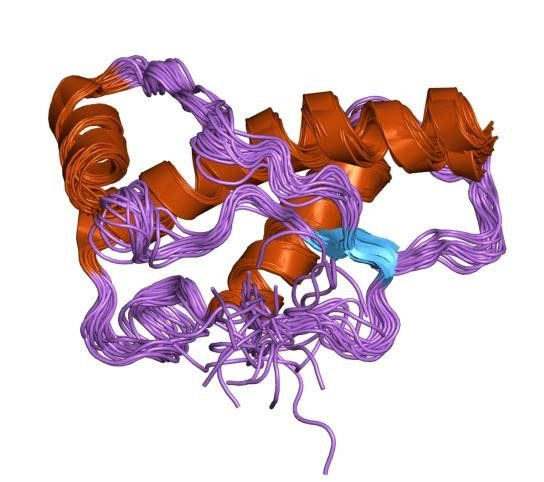Mystery Ranch is a Bozeman, Montana-based backpack and gear company that knows a thing or two about hauling heavy loads over unpredictable terrain. So, it’s only fitting that they’ve been carrying more than their weight in the world of conservation.
Here’s their story:
We have around 100 people working at Mystery Ranch—this includes folks in production, our warehouse, warranty and repair, operations, product development, accounting, sales, marketing, IT, customer service, and more. It’s an incredibly diverse workforce from all over Montana and the rest of the U.S. with different ages, interests, and backgrounds. Preferred outdoor activities run the gamut, from backcountry skiing, ice and rock climbing, and trail running to precision shooting, bow-hunting, and fly-fishing.
All of these activities require two key ingredients: public land and access to it. What we do here, and the packs and gear we design and build, fuels these passions.

Our location in Bozeman certainly helps us—it may sound cliché, but we really do live in one of the best places for folks who love being outside. All kinds of opportunities on the water or in the mountains are available right in our backyard. And that fuels a company culture that is open, friendly, and just plain fun.
Without question, the passions we pursue deepen our commitment to conservation. We support a wide-ranging group of organizations in whatever ways that we can. We donate products for auctions and raffles at events like the TRCP’s Capital Conservation Awards Dinner, and for several years have sponsored the Western Media Summit.
We also believe we should stand up on issues and initiatives that we know are important. Recently, we signed on to a letter from the business community calling for a balanced roadless rule for Alaska, and we’ve also supported the TRCP’s Sportsmen’s Country and Sportsmen’s Access campaigns. At the end of the day, we want to make sure that as a company we support those who do the vital work, educate, inspire, and make a difference.

This is especially true with our hunting and outdoor product lines—so many of our customers and employees are personally involved in groups that advocate for public lands, trail maintenance, public access, watershed improvements, or habitat expansion and protection.
We know that our business—and our individual opportunities—depend on these efforts, and we think there’s real strength in the overlapping values and interwoven missions of companies like ours and the causes we support.
In short, we build packs and gear for people who love the outdoors and fiercely defend it. That means protecting the rivers and streams we float and fish; ensuring the mountains we hike, hunt, and ski remain public; and working to see that these opportunities will be available today, tomorrow, and beyond.
You can learn more about Mystery Ranch and the causes they support at MysteryRanch.com.









Mystery Ranch backpacks are superb, top of the line packs & to top it off, they’re made in the USA! Well at least a good portion of them are. I believe in the last few years they’ve started producing some overseas, unfortunately. I have 2 of the USA made packs that I’ve had for around 10 years & have used them extensively. One of them I use when I backpack hunt in Western CO & wouldn’t trade it for any other! They’re heavier than a lot of the other packs out there, but the quality is better too, in my opinion.